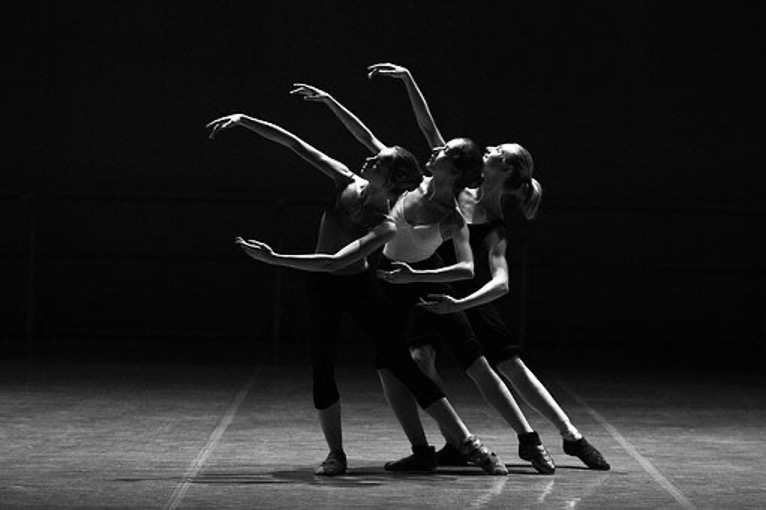Seminar Blogs
“Archiving and Transmitting Dance Knowledge in the Process” – Liang Yue

During the online seminar “Mobilizing the Dance Archive: How to Transmit Intuitive Body Knowledge?”, Suzan Tunca and Laura Karreman introduced the inspiring notion of “dance knowledge” and how to preserve and transmit this type of knowledge through the “Motion bank.” The “dance knowledge” includes but is not limited to the intelligence in choreographic practice, such as the “spatial organization,” and “coordination of movement and thoughts”(Leach 2017, 151). With the help of the motion capture machine, the contemporary dance whose “transient nature does not allow for sustained examination or even the possibility of objective, distinct readings” (Forsythe and deLahunta 2011), can now be archived, coded, and further transmitted between fields and identities like currency. Just as Laura Karreman states in The Motion Capture Imaginary: Digital Renderings of Dance Knowledge, it is a promising field, “understanding dance as knowledge thus causes a rupture with the mythical celebration of dance as a phenomenon that is ultimately ephemeral and ungraspable (Karreman 2017, 58).
However, archiving is just the primary step to recognize and legitimate knowledge. The next challenge is to consider how to transmit and apply this knowledge in a decontextualized and disembodied situation. As Mark Hansen argues, digital media directly intervene into the sensory continuum of the environment (Hansen 2015, 37). The “making into knowledge” process has already estranged us from the real-time, panoramic live dance performance through digital media’s selecting and magnifying process. If the motion is abstracted from the original context, the transmission process would be more problematic to convey authentic, intuitive, and open-end knowledge. To solve this problem, the artists and researchers decide to show aspects of the making process, that is, where “knowledge is coming into being.” (Leach 2017, 148). In most motion bank-related projects, the private creation processes are also exposed to the public. For example, in Amos Ben-Tal/ OFF projects’ online score, the integral performance is disassembled into individual repeating movements in the documentation of the dance practice room. We see every building block and witness how the whole performance comes into being.
Archiving and transmitting knowledge in the process provides opportunities for detailed inspection of the performance while it doesn’t take away the integrity, temporality reciprocity of the performance. The choreographic ideas that have been singled out are not arbitrarily categorized by dance scholars but still waiting for interpretation. This openness is also why this knowledge can initiate interdisciplinary study: “The data and animations reveal deep structure and make possible a new level of generative relations with other disciplines such as philosophy, architecture and geography” (La hunta and Shaw 2008, 132).
References
- deLahunta, Scott, and Norah Zuniga Shaw. 2008. “Choreographic Resources: Agents, Archives, Scores and Installations.” Performance Research, 13 (1): 131–133.
- Forsythe, William, and deLahunta, Scott. 2011. “Motion Bank.” Motion Bank. Frankfurt a.m.: The Forsythe Company.
- Hansen, Mark. 2015. “Prehensivity”, Feed Forward: On the Future of Twenty-First-Century Media. Chicago: University of Chicago Press, 33-82.
- Karreman, Laura. 2017. “Dance as knowledge” in The Motion Capture Imaginary: Digital Renderings of Dance Knowledge. PhD dissertation, Ghent University, p. 55-88.
- Leach, James. 2017. “Making knowledge from movement: Some notes on the contextual impetus to transmit knowledge from dance.” In Transmission in Motion: The technologizing of dance, edited by Maaike Bleeker. 141-154. London and New York: Routledge.

